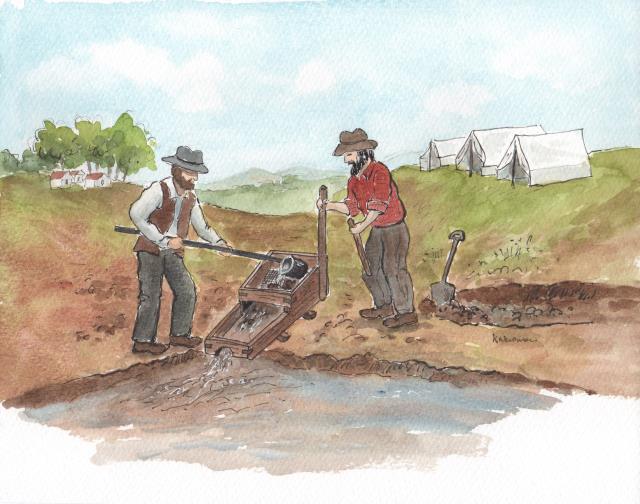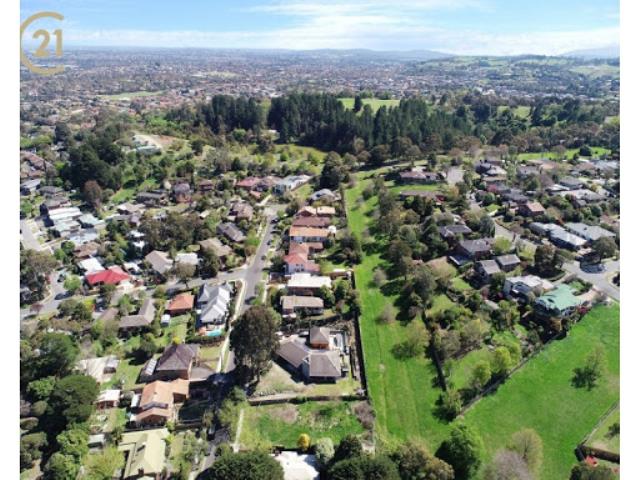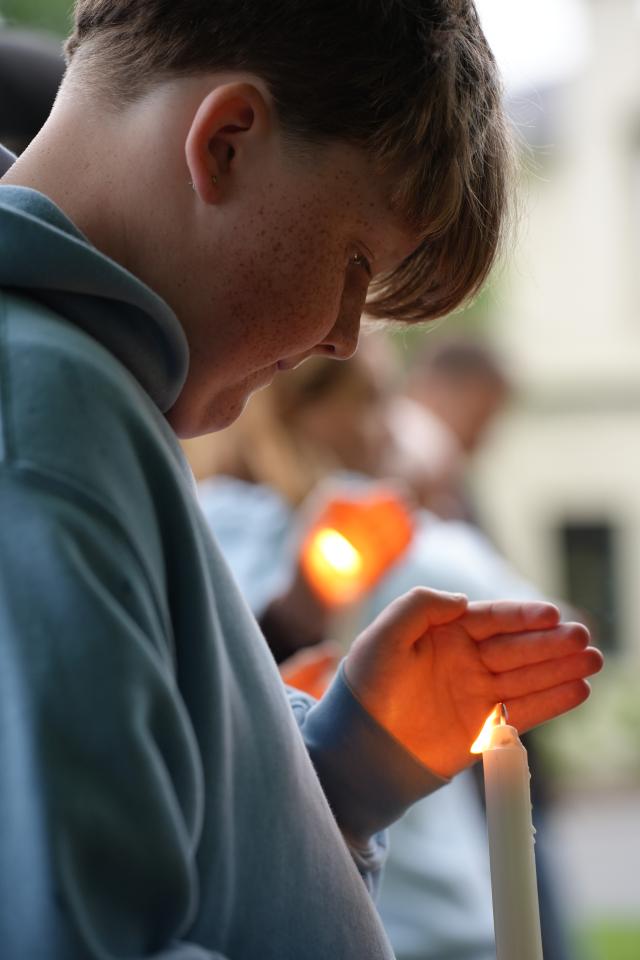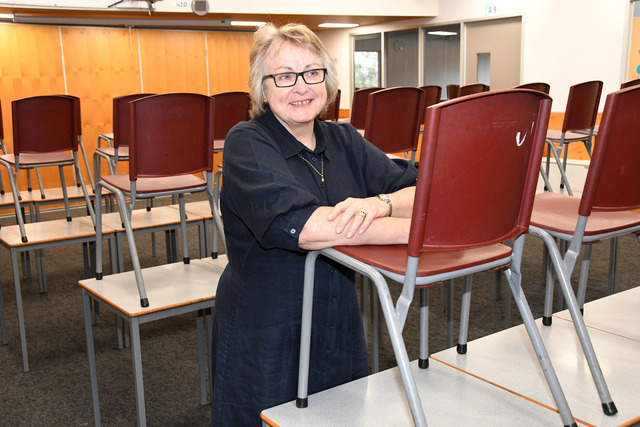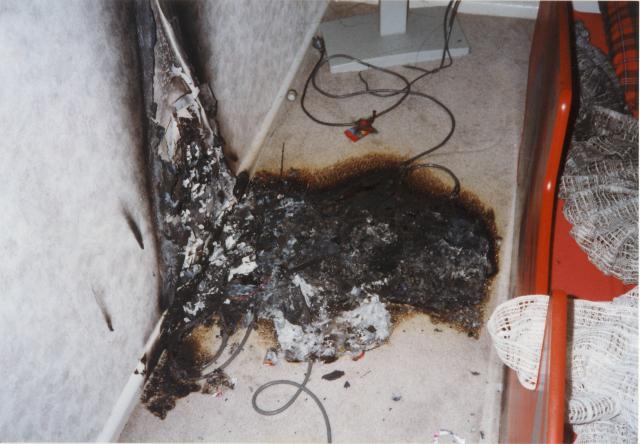PRECEDE
As an engineer, Henry Kempson left his mark on the Berwick landscape, as NEIL LUCAS explains in his latest look at the significance of place and street names in the region.
Kempson Walk, Berwick
Henry Charles Kempson was born in Birmingham England in 1822 and as a young man studied to become a civil engineer.
Upon qualifying Henry worked on the construction of the Caledonian railway in Scotland. Henry took the decision to try his luck in Australia where he arrived around 1850 and travelled to the gold diggings.
It is not known whether he found any gold but he found a wife, marrying Miss Henrietta Sherlock Luckham at Buninyong in 1850. Henry and Henrietta enjoyed a long marriage which produced eight children – three boys and five girls.
Henry’s qualifications resulted in him taking on a position in the Roads and Bridges Department of the Victorian Government.
Kempson was later appointed as Shire Engineer to the Shire of Berwick in the 1860s.
There is a view that he may have been involved in his professional capacity with the construction of the original Berwick Mechanics Institute Library built in Peel Street Berwick at the south east corner of Rutland Road (then known as Irby Street) and Peel Street in 1867/68. He is recorded as being President of the Institute in 1868.
At that time he appears to have also become involved with mining management.
Glimpses of Kempson’s past appear in advertisements in newspapers in the mid-1860s where H C Kempson was recorded as manager of the Sir Colin Campbell Amalgamated Gold and Tin Mining Company which mined gold at Castlemaine and tin in a mine north-east of Berwick.
The tin mine was located on the Sir William Wallace Creek east of Gembrook adjacent to a track which had been constructed north-easterly towards the gold diggings by Mrs Bowman of Beaconsfield. Stream tin had been discovered in 1864 by surveyors inspecting Mrs Bowman’s track.
The Campbell company sought to mine the resource. However the deposits were not sufficient to sustain mining activity and companies that had interests in the area had all abandoned their holdings by June 1867.
At Castlemaine, the company did much better extracting 3.7 kilograms of gold in the quarter ending December 1865 from 354 tonnes of crushed quartz.
Following his time at Berwick, Kempson took up a position as Shire Engineer at the Shire of Bairnsdale in Gippsland in 1873. He then moved to Kerang in 1878 to take up the position of engineer to the Shire of Swan Hill.
In 1880 he resigned to take up the position of engineer to several of the local water trusts. Kempson was one of the founders of the Royal Geographical Society of Victoria in 1883.
Later he was again induced to resume his position as local shire engineer at Swan Hill, a position he still held at his death from typhoid fever in 1899. An obituary in the Kerang Times noted -“his eminent qualifications as an engineer, his high literary culture, his gentlemanly courtesy and his integrity of character, he was universally respected and liked.”
Rheanva Street, Berwick
The Wilson brothers were some of the earliest settlers in Berwick, having purchased 1000 acres (400 hectares) at an auction in 1854.
After farming together for many years, following their respective marriages, they decided to split their property into two separate titles.
The southern portion was to be taken by William Wilson and fronted the Gippsland Road (now Princes Highway). The brothers established a diagonal boundary across the property creating two halves. The commencing point of this boundary was opposite the Berwick Inn.
Accordingly both brothers came to own a paddock which came to a pointed end opposite the Inn. The diagonal boundary may still be observed running up the hill behind Rheanva Street.
William Wilson’s paddock on the southern side of the new boundary ran up the hill to the west and the Wilsons decided to build a brick house towards the top of the hill.
After some years of occupation the Wilsons sold the house to the Casey family (no relation to Lord Casey) and then it was later sold to Llewellen and Eleanor (Ellie) Beaumont, William Wilson’s niece.
The Beaumonts named the property “Rheanva”, this name having been the name of Llewellen’s family home in Swansea, Wales.
The house in Wales was substantial and is described in early records as a mansion with large gardens. It appears that this mansion was converted to a Maternity Hospital which operated from 1925 to 1943 prior to its demolition, when the property was subdivided with two new streets created – Rhianfa Lane and Rhianfa Gardens.
Below the Beaumont’s house in Berwick in the triangular shaped paddock running down to Lyall Road opposite the Berwick Inn, Mrs Beaumont’s horse grazed.
On her 80th birthday, Mrs Beaumont, a keen rider well into her 80s, was presented with a new horse!
Llewellen and Ellie lived at “Rheanva” until their deaths in 1954. They died within two months of each other – Llewellen was in his 94th year.
The property was left to their daughter Anne Jane (Nana) Greaves who agreed to a subdivision creating Anne and Rheanva streets – Anne after Anne Greaves and Rheanva after the name of the property.

